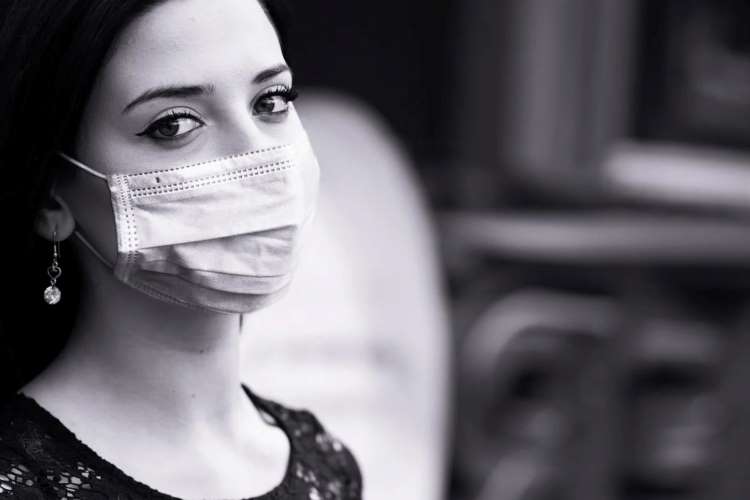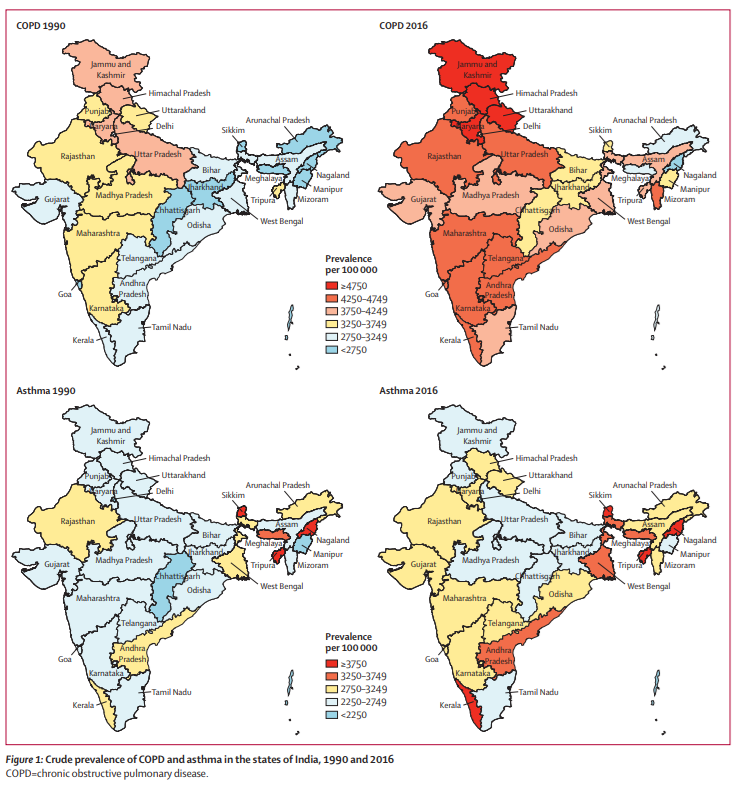
India’s lung health crisis: We inhale approximately 10,000 litres of air every day. Alongside life-giving oxygen, we unknowingly invite harmful substances – bacteria, viruses, pollutants – into our lungs. Globally, there has been an alarming 39.8% surge in respiratory diseases since 1990. It is high time we studied why, how, and what is the context of this crisis.
A seminal study led by Dr Sandeep Salvi analysed over 2.5 lakh physician visits. Astonishingly, 50% of patients presented respiratory symptoms. So, what are these respiratory diseases that have seen an evolution over time? Pre-1950s, chest physicians primarily treated TB. However, the latter half of the 20th century ushered in the prominence of asthma, COPD, pneumonia, bronchitis, and, as time progressed, sleep apnea, interstitial lung diseases, and swine flu. In essence, COPD, asthma, tuberculosis, and lung cancer have firmly entrenched themselves as significant contributors to human ailments.
The devastation wrought by the COVID-19 pandemic remains fresh in our collective memory. It left a substantial number of people grappling with chronic lung diseases. The magnitude of chronic respiratory diseases in India is staggering – 18% of the world’s population accounting for 32% of disability adjusted life years. Alarmingly, 88.7% of total deaths in India are attributed to chronic obstructive pulmonary diseases (COPD). COPD prevalence has surged by a staggering 29% from 1999 to 2016. The question looms large: what are the causes of this grim reality?
READ I Agriculture, construction, retail drive down unemployment: PLFS
Post-Covid lung health crisis
Air pollution, a pervasive problem exacerbated by automobile emissions, industrial activities, and stubble burning, is a significant contributor. Equally concerning is indoor air pollution, a silent assailant on human health. Active and passive smoking, along with tobacco use, further escalate the burden of chronic respiratory diseases. India has some of the world’s most polluted cities.
Startling statistics reveal that the average Indian loses 5.3 years of life expectancy due to pollution. Daily smokers witness a staggering reduction of 11.9 years in their lifespan. The sky over India Gate was blue during COVID-19 lockdowns, unlike the usual grey one would associate with Delhi skies. This shows that air pollution is a human-made crisis.


The impact of air pollution on health is profound. It leads to increased premature deaths, heightened respiratory mortality, exacerbation of asthma and COPD, and a surge in healthcare costs. Then there is the looming spectre of infections, with tuberculosis (TB) standing out prominently. Approximately four lakh people succumb to TB annually. Geographically, Southeast Asia, Africa, and the Western Pacific region bear the brunt of this epidemic. The WHO’s End TB project for 2030 aims at comprehensive case detection, treatment, and vaccination to combat TB. India, with its ambitious goal to end TB by 2025, has joined the battle.
Advances in diagnosis and treatment
On the diagnostic front, there have been significant strides in the field of lung disease diagnosis. Lung function tests are now widely available, and rapid diagnostic tests can detect TB within two hours, even identifying drug resistance. To combat chronic respiratory diseases in India, we need a comprehensive approach. This includes reducing ambient and household air pollution, promoting the use of cleaner fuels and electric vehicles, and controlling tobacco consumption.
It is disheartening that, while in Western countries, over 95% of COPD cases are attributed to tobacco smoking, in India, air pollution is responsible for 50% of COPD cases, tobacco smoking for 25%, and other factors, primarily occupational exposure in mining, industries, and power plants, for the rest.
India bears a disproportionately high burden of chronic respiratory diseases, including TB. Advances in diagnosis and treatment exist, but controlling outdoor and indoor pollution is pivotal to reducing respiratory morbidity and mortality. Effective tobacco control measures are paramount. Initiatives to address household air pollution, such as providing gas cylinders to millions of families, are promising.
In Mahatma Gandhi’s words, “The difference between what we do and what we are capable of doing would suffice to solve most of the world’s problems.” The same applies to chronic respiratory diseases. If we apply our knowledge and collective efforts, we can significantly reduce the burden of these preventable illnesses. It is not just a matter for policymakers and administrators; it is a collective responsibility for every individual in our society. Together, we can breathe new life into India’s lung health, ensuring a brighter, healthier future for all.
(Dr GC Khilnani is the Chairman of PSRI Institute of Pulmonary, Critical Care and Sleep Medicine. Dr Khilnani was the head of the department of pulmonary medicine & sleep disorders at AIIMS, New Delhi.)
